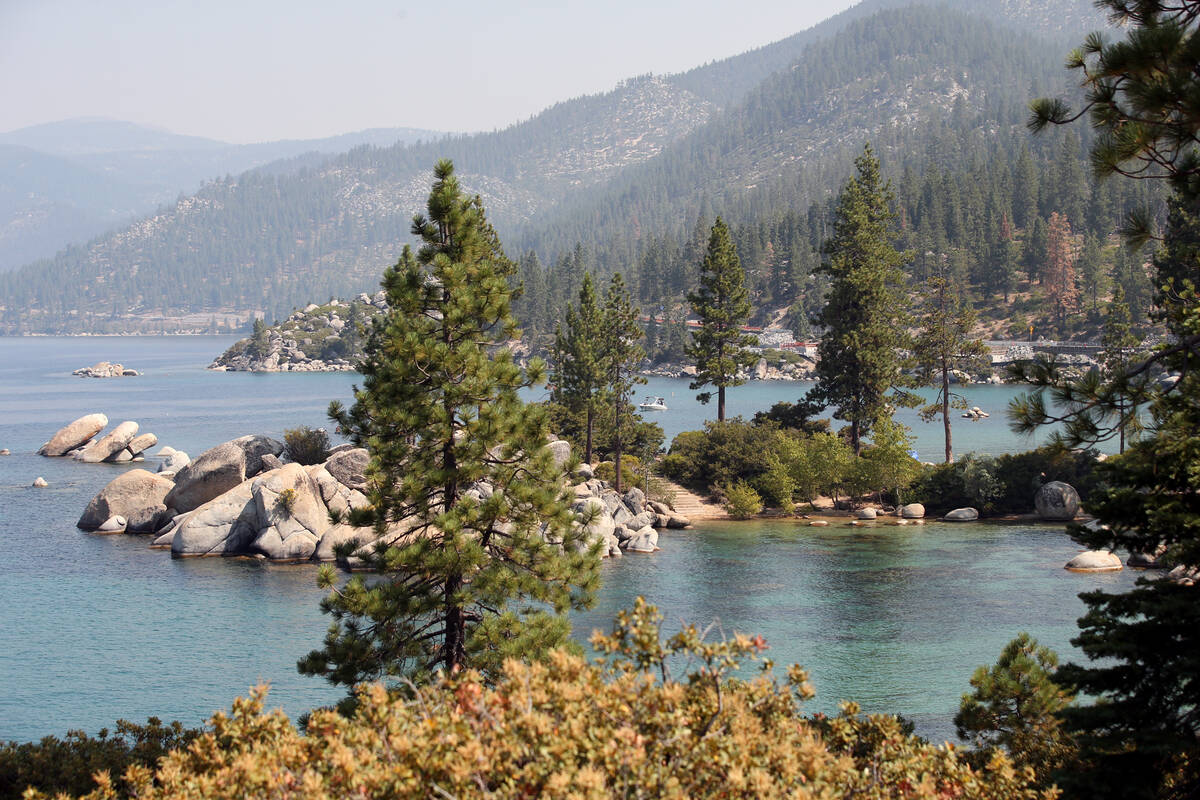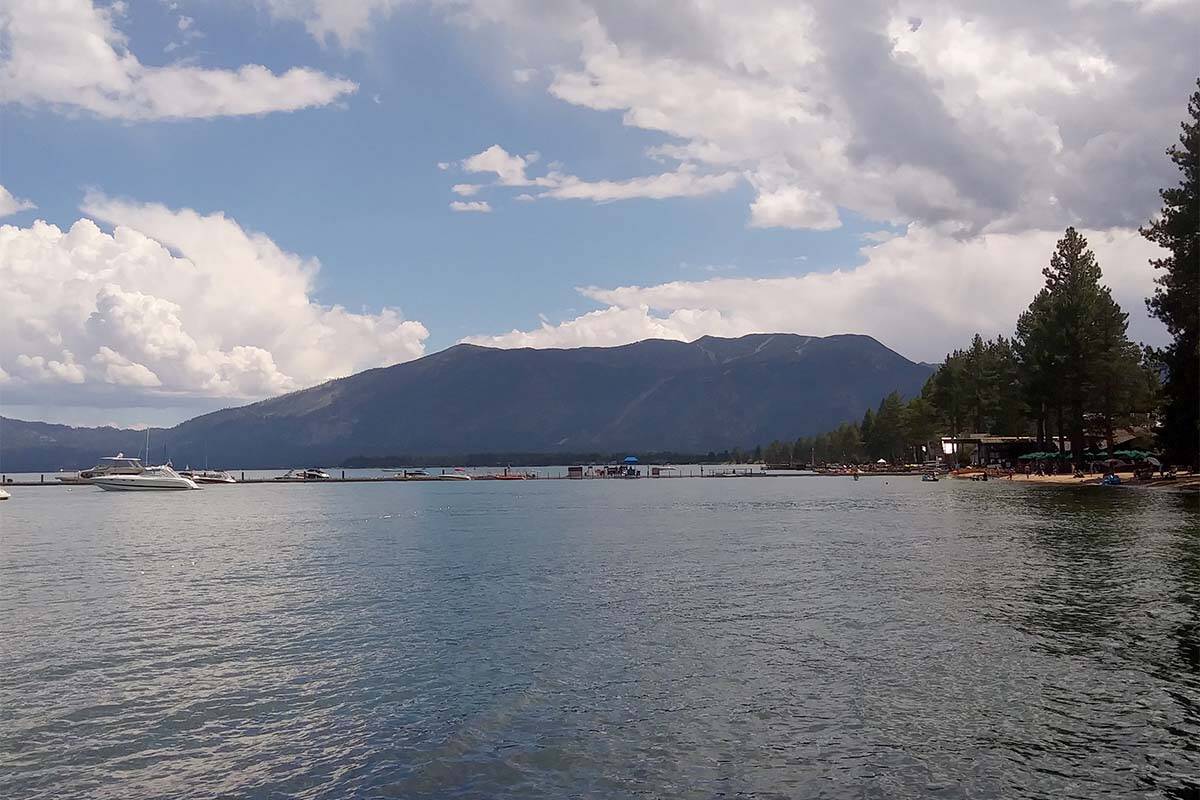‘Alarming’ levels of microplastics found in Lake Tahoe, study shows
Lake Tahoe is known around the world for its pure, blue water, but a new study shows that the wondrous lake is full of something else these days: microplastics.
Of the 38 lakes and reservoirs from six continents tested by researchers, Lake Tahoe came in third for the highest concentration of microplastics, according to the study published Wednesday in the journal Nature.
The research shows that “we are not immune from the plastisphere, and that the plastics we use are going all over the globe, and into the lakes in our backyard,” said Sudeep Chandra, a professor and director of the Global Water Center at the University of Nevada, Reno who helped conduct the study.
Researchers found the presence of various microplastics to at least some degree in all 38 lakes, even those that have been mostly undisturbed by humans. But the levels of measured microplastics in Lake Tahoe and two other lakes — Lakes Lugano and Maggiore on the Swiss-Italian border — were higher than those measured in the ocean’s gyres, or the currents where decades worth of plastic waste have formed into massive floating garbage patches.
That surprised the researchers, who expected Lake Tahoe to have comparatively lower levels of plastics than the other lakes, since the area is less densely populated and does not have sewage flowing into it like some of the other lakes.
“This study as a whole shows that even pristine environments, or the ones that are the most remote, have plastic in them, and to a high degree like Lake Tahoe,” Chandra said.
The research was led by Veronica Nava, a visiting postdoctoral scholar at UNR from the University of Milano-Bicocca in Italy, who worked with Chandra and other colleagues around the world to collect samples from dozens of lakes located in 23 countries that cover a range of different environmental conditions and human interaction.
What scientists still don’t know is how those plastics got into the freshwater lakes, and particularly Lake Tahoe, where wastewater has been exported for half a century and numerous policies have been put in place to protect the lake’s waters from human effects.
“The mechanism of transport of these plastics is not clear, especially when we talk about very small fragments or textile fibers,” Nava said in a news release. “We are wearing a lot of synthetic clothes, the majority of which are made of polyester, and they end up in aquatic systems. Even from far away, there can be atmospheric circulation and patterns that can carry these plastics a long way.”
Nava also believes single-use plastics are playing a major role in the spread of microplastics at Tahoe and other freshwater lakes, such as people leaving plastic water bottles on the beaches.
It’s an issue that local officials are working to address. The South Lake Tahoe City Council last fall passed a ban on the sale of single-use plastic water bottles that will go into effect in April 2024, the Tahoe Daily Tribune reported.
While not part of the recent study, Chandra said he hopes to look into exactly where the plastic is coming from and how to keep it from building up inside the lake, as well as what the high levels of microplastics are doing to the surrounding ecosystems and whether they are infiltrating the region’s drinking water.
He said he hopes to work with Nava and scientists from Desert Research Institute to evaluate those impacts.
And that work is already underway. Chandra said they have started designing the next experiments that also will look at other lakes in Northern California, Oregon and Italy.
While he understands why some may see the research as depressing, Chandra remains hopeful that the situation can turn around.
“We can take actions to reduce plastics that are all around us, and that reduction should benefit the environment,” Chandra said. “It’s very tangible.”
Contact Colton Lochhead at clochhead@reviewjournal.com. Follow @ColtonLochhead on Twitter.
























